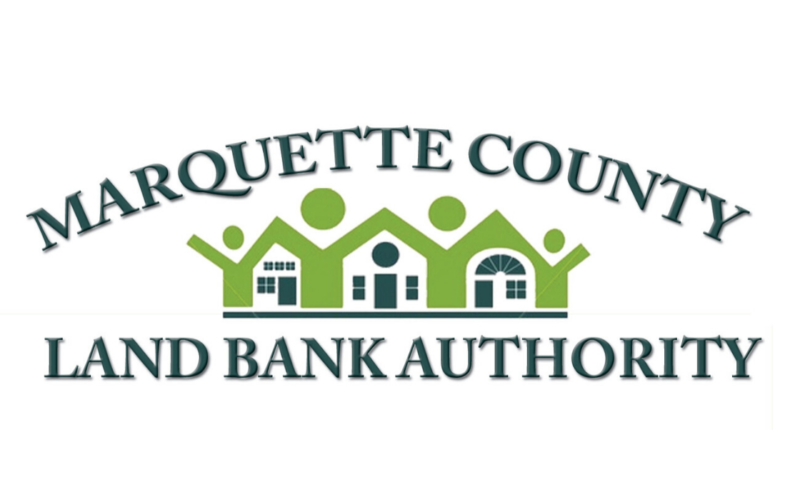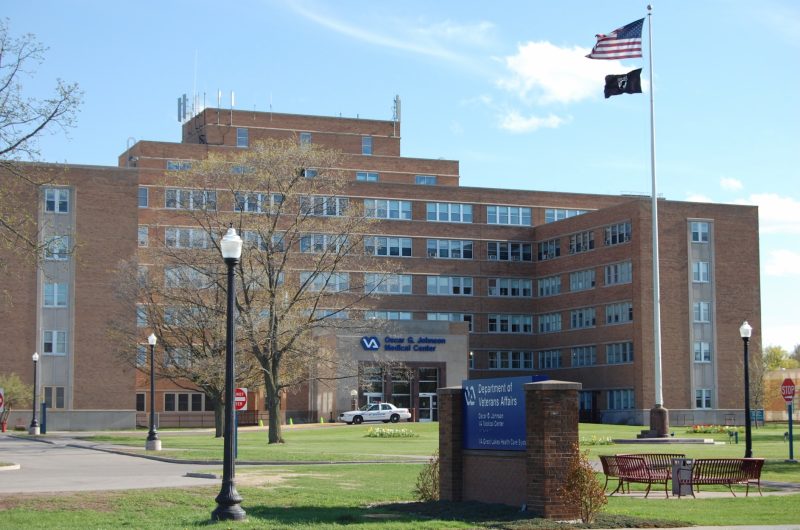How land banks are transforming rural communities
The opinions expressed in this publication are those of the authors, and do not necessarily reflect the opinions or views of Rural Insights or its members.

A land bank is a government or nonprofit entity that is designed to acquire and maintain vacant, abandoned and tax delinquent properties and to use the legal authority granted to it through applicable state statutes to return these properties to productive use.
Michigan has been a leader in land banking, but land banks exist under varying state statutory authority across the country. After working in this field for more than a decade, I truly believe that land banks are one of the most powerful local economic and community development tools available.
Land banking in Michigan began with Public Act 258 of 2003, which was driven in large part by communities like Flint and Detroit who were experiencing vacancy, blight and a staggering number of tax foreclosures due to a loss of employment and resulting loss of population.
The tax auction process and the private market were not solving the problem, and thus the land banking movement began with the establishment of the Genesee County Land Bank in 2004.
The Marquette County Land Bank (MCLBA) was created in 2009 at a time when there were only 16 counties in Michigan with established land banks. Today there are 46 land banks in Michigan, 8 in the Upper Peninsula.
What once was viewed by some as an urban tool to deal with “big city” problems, now is being used all across the country to improve neighborhoods regardless of size. Every community, big and small, deals with some scale of blight and vacancy and the land bank tool can be used to combat the problem.
From a 2014 report entitled “Take it to the Bank,” Payton Heins, Lead Researcher for the Center for Community Progress said this: “What’s most notable about the Marquette County Land Bank is that it breaks the stereotype. Land banks are often perceived as working only in the bombed-out neighborhoods of rust belt cities, or areas recently flattened by the mortgage foreclosure crisis.
But a land bank can play a very useful and tailored role in nearly any community that wants to take a proactive and strategic approach to planning and development.
Enter Marquette County… not your postcard community for ‘blight,’ yet in Marquette County we are reminded that a land bank is, at its essence, just another tool granted special powers that can help communities deal with problem properties that lay dead to the market—whether that be whole neighborhoods, multiple blocks, or a few scattered sites.”1
Like many land banks, in its early years, the MCLBA focused almost entirely on blight elimination. Land banks get their inventory through the tax foreclosure process and generally speaking, the types of properties that become tax foreclosed have little value; many of them include an abandoned structure that needs to be demolished.
The MCLBA has demolished 102 structures to date at a total cost of over $1.7 million. Funding has come from a variety of sources, mainly grants from the State of Michigan, but also contributions from local units of governments, Brownfield tax increment financing, and property sales revenue generated by the land bank.
A study in Flint, MI revealed that property within 500 feet of a vacant and abandoned structure lost an average of 2.26% of its value.2
We know that blight elimination, over time, has a positive impact on neighborhoods. However, the immediate impact of removing a structure is depletion of tax base – tax base that municipalities rely on for property tax revenue.
Historically, almost all of the vacant lots the MCLBA owned post-demolition were offered to neighbors as “side lots,” generating very little future tax base short of an occasional shed or garage that was eventually built.
Today, the MCLBA is starting to look at its vacant lot inventory a bit differently, and focusing on how it can spur development. The MCLBA has several initiatives it has undertaken to facilitate development.
In 2018 it worked with the Marquette County Brownfield Redevelopment Authority to acquire a former gas station property, received a grant from the MI Department of Environment, Great Lakes and Energy for tank removal, soil removal and demolition, and ultimately sold the property to a private developer.
The MCLBA is also assisting communities who are experiencing a shortage of certain types of housing. Land banks are poised to create housing opportunities with their inventories of vacant properties, minimal carrying costs, and access to funding sources.
The MCLBA is working with a developer on a 6-unit condominium project in the City of Marquette and is participating in the MI State Housing Development Authority “MSHDA MOD” program which will create modular constructed attainably priced single family homes in Ishpeming and Negaunee.
Because of limited resources, the MCLBA, like many smaller land banks, relies heavily on its partnerships to accomplish its activities.
Cities and Townships regularly share in the cost of demolition which has helped extend the land bank’s resources. The MCLBA has a strong partner in Marquette County Habitat for Humanity.
The land bank has provided property on which five Habitat homes have been built. Habitat has renovated one tax foreclosed home for the land bank and the two agencies partnered with Community Action Alger Marquette to create the Habitat Homeowner Repair Program.
A creative green space development project was accomplished through a partnership with Partridge Creek Farms, a non-profit farming organization, wherein the MCLBA provided vacant land on which an orchard was developed.
The MCLBA also partnered with Ishpeming Public Schools in the creation of the Hematite Art Park which is a public space that displays students’ artwork, and on development of a program in which high school students renovated a land bank owned house as part of their advanced construction curriculum.
While the focus has changed somewhat for land banks since they were initially created in Michigan, now more than ever, they prove to be a powerful tool for locally-driven development.
Many rural communities in the Upper Peninsula are just starting to realize that the same tools and programs our colleagues in more urban areas are using can be adapted and scaled to be effective in rural communities.
Funding is limited, partnerships are a necessity, and creativity is key, but slowly, one house at a time, rural land banks are transforming communities and improving neighborhoods.
References
1Payton A. Heins & Tarik Abdelazim, Center for Community Progress, Take it to the Bank: How Land Banks are Strengthening America’s Neighborhoods, 2014.
2Patricia E. Norris & Nigel G. Griswold, Michigan State University Land Policy Institute, Economic Impacts of Residential Property Abandonment, Report #2007-05.






Does Michigan have a rehabbed and ready land grant program for those interested in small scale animal husbandry?